Monarchs - Needing Your Help to Survive

INCREDIBLE. That's the word that comes to mind when we think about the monarch butterfly. An insect with a body the size and weight of a paper clip can migrate 1,500 miles or more. Not once, but twice in its lifetime. First in autumn, when it flies to a specific overwintering site in Mexico — a trip it has never taken before. And again in spring, when it returns north to reproduce. Just incredible.
These miraculous creatures are in trouble. Though monarch populations have been declining during the past decade, they've seen sharp declines in the last few years. Scientists now believe this is a long-term trend, rather than a short-term phenomenon possibly caused by specific weather events, such as drought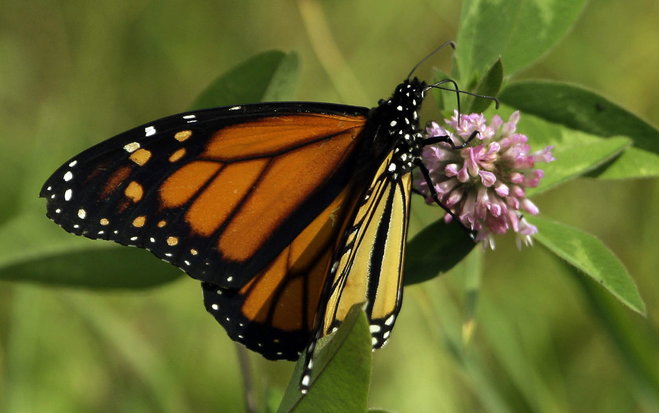 or hurricanes.
or hurricanes.
In 1991 about 70% of these wintering mo
narchs in Mexico froze to death as a result of three days of rain and sub- freezing conditions. This was an enormous tragedy for the monarch and they have not been seen again in many northern regions. But many also think there’s another factor: The butterfly is starving to death. The relentless spraying of herbicides in North America is wiping out once-plentiful milkweed, the only plant that monarch caterpillars can eat. Small-scale illegal logging also is destroying the fir forest canopy in Mexico that the butterflies use as their wintering grounds in the states of Mexico and Michoacan.
This contributing loss of habitat in the summer breeding grounds in North America is staggering. We are losing 6,000 acres of potential monarch/pollinator habitat a day in the United Stated due to development (2.2 million acres per year). Because we are eating healthier, the losses of habitat due the adoption of glyphosate tolerant corn and soybeans in the last 10 years amount to at least 100 million acres. The conversion of 7 million acres of Conservation Reserve Program (CRP) land to crops for the production of biofuels adds to the total. In all, we estimate the loss of habitat to be 147 million acres since Monarch Watch was started in 1992 – an area 4 times the state of Illinois
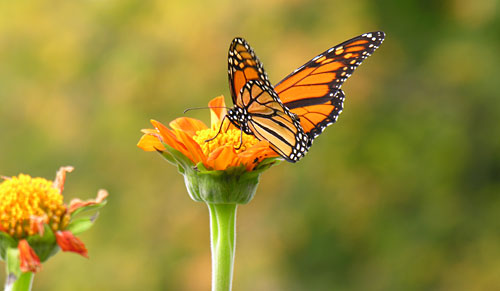 Addressing habitat loss to save a species is often difficult. Fortunately, monarchs do not use specialized habitats; rather, they use open spaces, fly great distances, and can find the resources they need – milkweeds, nectar sources, and shelter – if they are present. This type of habitat must be protected now, before we see the day when the monarch is just a memory.
Addressing habitat loss to save a species is often difficult. Fortunately, monarchs do not use specialized habitats; rather, they use open spaces, fly great distances, and can find the resources they need – milkweeds, nectar sources, and shelter – if they are present. This type of habitat must be protected now, before we see the day when the monarch is just a memory.
We all need to do our best to provide the monarchs with food and shelter. Think about developing a butterfly garden in your backyard. We have butterfly houses, feeders and nectar to help you help the monarch.
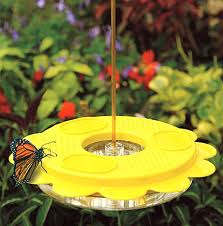
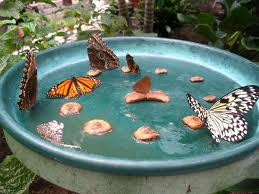
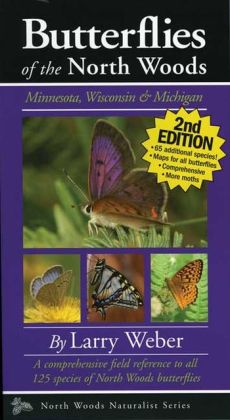
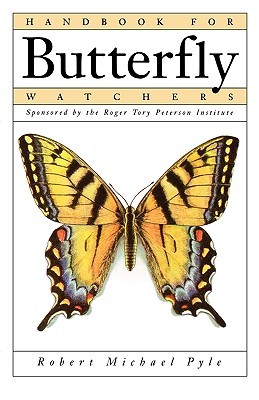
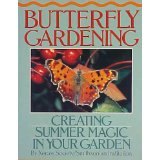
Bats - Your Backyard Friends
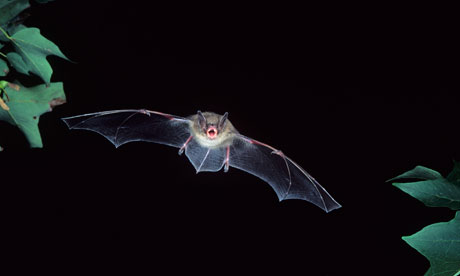 Bats are some of the most unique and ecologically beneficial animals in the world. They are the only mammals to have evolved true flight and there are over 1,200 species found worldwide; Wisconsin has seven or eight species of bats, all of which are insectivorous. Bats are not rodents. They are in fact more related to primates than to rodents, eating fruit, pollen, insects and other invertebrates, frogs, fish and even blood. In North America, bats are the primary predators of night-flying insects.
Bats are some of the most unique and ecologically beneficial animals in the world. They are the only mammals to have evolved true flight and there are over 1,200 species found worldwide; Wisconsin has seven or eight species of bats, all of which are insectivorous. Bats are not rodents. They are in fact more related to primates than to rodents, eating fruit, pollen, insects and other invertebrates, frogs, fish and even blood. In North America, bats are the primary predators of night-flying insects.
Got Mosquitoes? They are pretty abundant in our backyard this summer, probably yours as well. Mounting a bat house in your yard may be the answer to eliminate the numbers of those pesky mosquitoes, changing the nightly ritual of mosquitoes eating you to bats eating the mosquitoes. Bats are environmentally safe and won’t bother any daytime activities.
Select the right bat house design
Be sure to select a bat house that has been designed properly for roosts. Bat houses should be no less than 24 inches tall, 13 inches wide and 3 inches deep. The narrow opening should be about 3/4-1 inch wide. Caulk the bat house to keep heat in and rain out. There should be a 1/4 inch air vent about 6 inches above the entrance. And there needs to be a good roosting surface, such as 1/8 polyethylene plastic mesh or horizontal grooves cut 1/4 inch apart.
wide and 3 inches deep. The narrow opening should be about 3/4-1 inch wide. Caulk the bat house to keep heat in and rain out. There should be a 1/4 inch air vent about 6 inches above the entrance. And there needs to be a good roosting surface, such as 1/8 polyethylene plastic mesh or horizontal grooves cut 1/4 inch apart.
Choose a suitable location
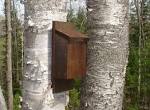 Place your bat house at least 15 feet high, facing south to southeast, where it will be 6-8 hours of direct sun. If you do not get 6-8 hours of direct sun, you may want to paint your bat house black to help it absorb more heat. The best location is on a pole or the side of a building with no obstructions blocking the view of the bat house or the flight path. An open space of about 20 feet in front of the bat house is recommended. Try to avoid placing the bat house in a living tree nless there is ample space around the house, as tree limbs often shade the bat house and limbs may also hide the entrance.
Place your bat house at least 15 feet high, facing south to southeast, where it will be 6-8 hours of direct sun. If you do not get 6-8 hours of direct sun, you may want to paint your bat house black to help it absorb more heat. The best location is on a pole or the side of a building with no obstructions blocking the view of the bat house or the flight path. An open space of about 20 feet in front of the bat house is recommended. Try to avoid placing the bat house in a living tree nless there is ample space around the house, as tree limbs often shade the bat house and limbs may also hide the entrance.
Plant a night garden
Since bats eat night-flying insects, you will want to plant flowers that bloom late in the day or are night-scented in order to attract food for the bats. Popular choices include: Evening Primrose, Phlox, Milkweeds, Goldenrod, Salvia and Butterfly Bush. Native plants to our area are best so check with a local nursery.
Check out the array of Bat Houses at Wildbird & Backyard. Let’s make it a great summer to be outdoors, mosquito free!
More Birds, Different Housing Needs
In America's tidy neighborhoods, as homeowners and townships trim away dead trees and large limbs, good owl nesting sites can be hard to find. The same goes for the wood duck and woodpeckers.
Human-made nest boxes can make up for any shortage of natural nesting cavities, enabling these other birds a place to live, where they might otherwise be absent.
Owls
 Owls may spend their days sleeping in sense foliage or sitting next to tree trunks. More often they will be inside a cavity of some sort - a hollow limb, a large woodpecker hole, hidden away from the sharp eyes of small songbirds. A good cavity becomes more essential during the nesting season. It's important to place the man-made box correctly. The natural cavities that owls choose are typically 12 to 20 feet above the ground and in deep shade. Place an inch or so of dried leaves in the bottom of the box and hang it up on the trunk of a large tree.
Owls may spend their days sleeping in sense foliage or sitting next to tree trunks. More often they will be inside a cavity of some sort - a hollow limb, a large woodpecker hole, hidden away from the sharp eyes of small songbirds. A good cavity becomes more essential during the nesting season. It's important to place the man-made box correctly. The natural cavities that owls choose are typically 12 to 20 feet above the ground and in deep shade. Place an inch or so of dried leaves in the bottom of the box and hang it up on the trunk of a large tree.
Wood Ducks
Wood ducks also nest in natural tree cavities, often abandoned woodpecker nests. These natural cavities are scarce and the wood duck 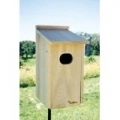 will readily use a man-made box. They nest close to rivers, wetlands and other suitable aquatic habitats. Cavities located 30 feet or more above the ground are preferred, but the height can vary from near ground level to 65 feet. They prefer nesting over water so the young have a soft landing, but will nest up to 150 yards from the shoreline.
will readily use a man-made box. They nest close to rivers, wetlands and other suitable aquatic habitats. Cavities located 30 feet or more above the ground are preferred, but the height can vary from near ground level to 65 feet. They prefer nesting over water so the young have a soft landing, but will nest up to 150 yards from the shoreline.
Purple Martins
Purple Martins spend the non-breeding season in Brazil then migrate to North America to nest. East of the Rockies they are totally  dependent on human-supplied housing. Most "would-be" martin landlords rush to get their martin housing opened up for the arrival of martin "scouts" in their area. Contrary to popular folklore, "scouts" are not looking for new breeding sites for their flocks. Scouts are simply the first martins to arrive in, or pass through an area on their way back to their previous year's nesting site. These martins aren't likely to switch to new housing. Landlords of active sites can leave their housing completely closed up until the martins return and land on the housing, usually around April 15 in our area. Purple Martins exhibit a very high level of site fidelity. Once they have bred successfully at a specific location, the same birds return there year after year Houses and gourds should be painted white, or a light pastel color; trim can be any color. White housing reflects the heat of the sun, keeping nestlings cooler.
dependent on human-supplied housing. Most "would-be" martin landlords rush to get their martin housing opened up for the arrival of martin "scouts" in their area. Contrary to popular folklore, "scouts" are not looking for new breeding sites for their flocks. Scouts are simply the first martins to arrive in, or pass through an area on their way back to their previous year's nesting site. These martins aren't likely to switch to new housing. Landlords of active sites can leave their housing completely closed up until the martins return and land on the housing, usually around April 15 in our area. Purple Martins exhibit a very high level of site fidelity. Once they have bred successfully at a specific location, the same birds return there year after year Houses and gourds should be painted white, or a light pastel color; trim can be any color. White housing reflects the heat of the sun, keeping nestlings cooler.
Woodpeckers
Woodpeckers often return to the same nesting area every year of their adult life. They prefer a nest box with a roughened interior and a  floor covered with a two-inch layer of wood chips or coarse sawdust. For best results, place woodpecker houses high up on a tree trunk exposed to direct sunlight. Although the woodpeckers would prefer to nest in a vacant decaying tree, such tree is not always available to them. Help Mother Nature and provide a suitable house for the woodpecker.
floor covered with a two-inch layer of wood chips or coarse sawdust. For best results, place woodpecker houses high up on a tree trunk exposed to direct sunlight. Although the woodpeckers would prefer to nest in a vacant decaying tree, such tree is not always available to them. Help Mother Nature and provide a suitable house for the woodpecker.